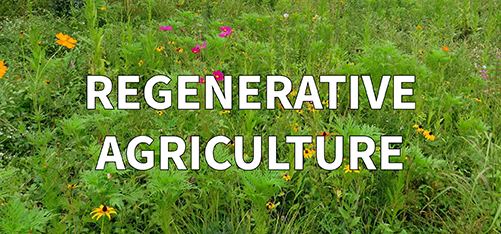
Restoring Land with Regenerative Agriculture
By Jono Neiger, Founding Principal
This year marks Regenerative Design Group’s tenth anniversary. Over the last decade, it has been our mission to employ whole systems design to positively respond to the ecological and social challenges of our time. We’ve worked across scales and in varying climates, helping individuals, communities, and organizations design and implement ecologically resilient and socially engaging landscapes. As we look to the next decade, the challenges of climate change, ecosystem collapse, habitat loss, and social and economic inequality feel more daunting than ever. We are hopeful, though, and more committed than ever to building ecosystem and community resilience through our work.
Restoring Degraded Land
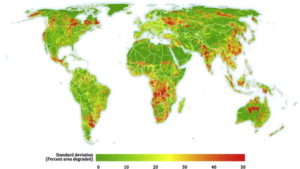
A consistent theme of many of our projects involves the restoration of degraded land. Degraded land is land that, for a variety of reasons, has low biodiversity and compromised soil and water. Degraded land is limited in its ability to support wildlife, land-based economies, and human communities. A lot of degraded land is farmland that was once productive and supported farmers, their families, and communities. A comprehensive study by Stanford University found that there is between 950 million and 1.1 billion acres of deserted and denuded agriculture land globally. Restoring health and diversity to these lands is the work of our times – to rebuild communities, economies, and ecosystems – and to mitigate and adapt to climate change. One of the ways RDG is continuing to engage in this mission at larger scales is through our Regenerative Agriculture work.
What is Regenerative Agriculture?
Simply put, regenerative agriculture is a whole systems approach to agriculture that increases overall ecosystem health. The approach differs entirely from industrial agriculture, which relies on highly centralized systems that degenerate soil, water, habitat, and air quality. Regenerative agriculture differs from a typical organic or sustainable approach to farming as well. While considerably better than industrial models, organic and sustainable models rely on a “do least harm” ethos, whereas regenerative agriculture takes a “do the most good” approach.
Dismantling and replacing industrial agriculture in this time of climate change is a herculean task, and as such, regenerative agriculture casts a wide net, encompassing numerous farming and stewardship practices. No-till, cover cropping, on-contour farming, holistic grazing, and agroforestry, are all practices (among many) within the regenerative agriculture lexicon.
Depending on the practitioner and context, regenerative agriculture’s scope and approach can vary. Project Drawdown, a research coalition that maps, measures, and models climate solutions, is concerned first and foremost with widespread adoption of climate-mitigation and adaptation practices. As such, they define regenerative agriculture (RA) as “any annual cropping system that includes at least four of the following six practices: compost application, cover crops, crop rotation, green manures, no-till or reduced tillage, and/or organic production.” These practices sequester soil carbon at modest rates compared to some other RA practices, but have wide adoption – and thus, mitigation – potential.
The Rodale Institute works within this annual cropping framework, while accounting for animal welfare and worker fairness. Some, like the global network Regeneration International, of which RDG is a member, have an all-encompassing vision of reversing climate change and ending world hunger, and define RA as any approach to farming that rebuilds deteriorated social, ecological, and economic systems. Kiss The Ground, an education and advocacy nonprofit that seeks to inspire participation in global regeneration through soil, uses the Terra Genesis definition of RA – that is, a system of farming principles and practices that increases biodiversity, enriches soils, improves watersheds, and enhances ecosystem services.
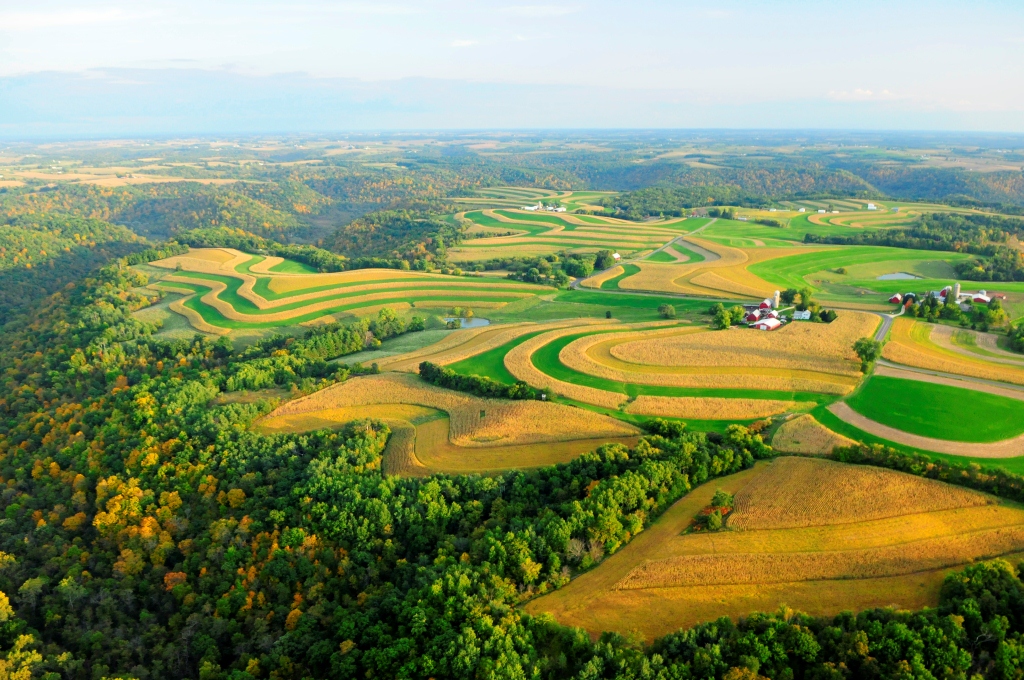
RDG’s Role in the Regenerative Agriculture Movement
We at Regenerative Design Group recognize that extractive agriculture is fundamentally destructive to the health of ecosystems and human communities. We also recognize that extractive agriculture – and deforestation, development, and burning of fossil fuels implicit in many such systems – has contributed to climate change by increasing atmospheric carbon.
But we also know that agriculture has the capacity to address these linked crises, and must change from a degenerative system to a regenerative one. As whole systems thinkers and designers with on-the-ground farming, restoration, conservation, and food systems experience, our approach to regenerative agriculture includes healing all parts of the broken system.
This means planning regenerative agriculture systems that restore ecosystem function, are financially viable, and contribute to the health of those who work the land and purchase its products. It also means acknowledging and assessing the barriers to adoption of regenerative agriculture practices, and maximizing collaborations that contribute to land access, technical know-how, and capital inputs.
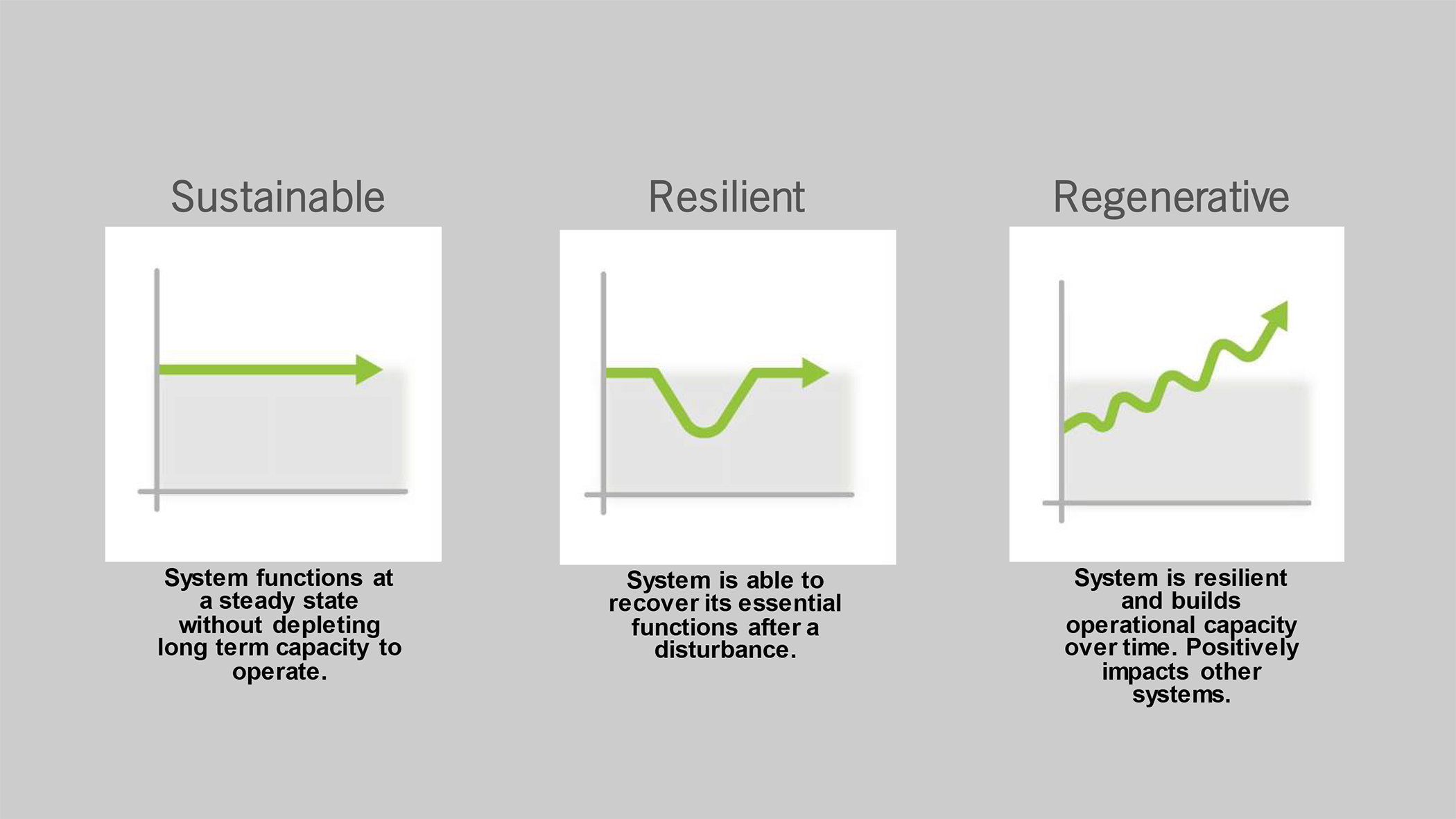
A Focus on Restoration Agroforestry
A growing focus of RDG’s regenerative agriculture work is Restoration Agroforestry, which integrates perennial crop systems and livestock, with the goals of restoring degraded lands, maximizing soil carbon storage, and producing yields. According to research by Eric Toensmeier, author of the Carbon Farming Solution, a general trend is that farming systems that incorporate trees sequester more carbon. These traditional cropping systems have been practiced widely in tropical regions, but are less well known in temperate climates.
Restoration Agroforestry isn’t only about restoring badly mismanaged lands. It’s about restoring livelihoods and communities too. Degraded land is often tied up with, and exacerbated by, poverty. Degraded land produces less and is vulnerable to erratic weather, pests, and disease. But farmers still need to make a living; as a result, they might clear yet more land for crops or timber, reduce fallow periods, and max out what marginal land is left. Pressures to produce crops more cheaply or for export markets brings more challenges to rural populations already stretched thin, which can lead to further straining of land resources, migrations, and conflict. And, in areas where populations are forced to remain on unproductive land, development goals can outweigh ecosystem restoration goals. Restoration Agroforestry has the potential to address these complex and interrelated issues by bringing environmental and economic vitality back to denuded landscapes. There are no simple answers but agroforestry coupled with ecosystem restoration shows great promise.
Agroforestry systems can be incorporated into existing farmland, degraded or abandoned farmland, and steep land ill-suited to row crop cultivation. They can be part of reforestation or afforestation efforts. In areas that are not suitable for tillage agriculture or where this intensive agriculture has worn out the land, growing trees can rebuild soils, slow water movement off the land, and produce crops. Agroforestry allows multiple crops to occupy multiple niches at once, creating a diversified agriculture that functions more like forests, grasslands, and other ecosystems.
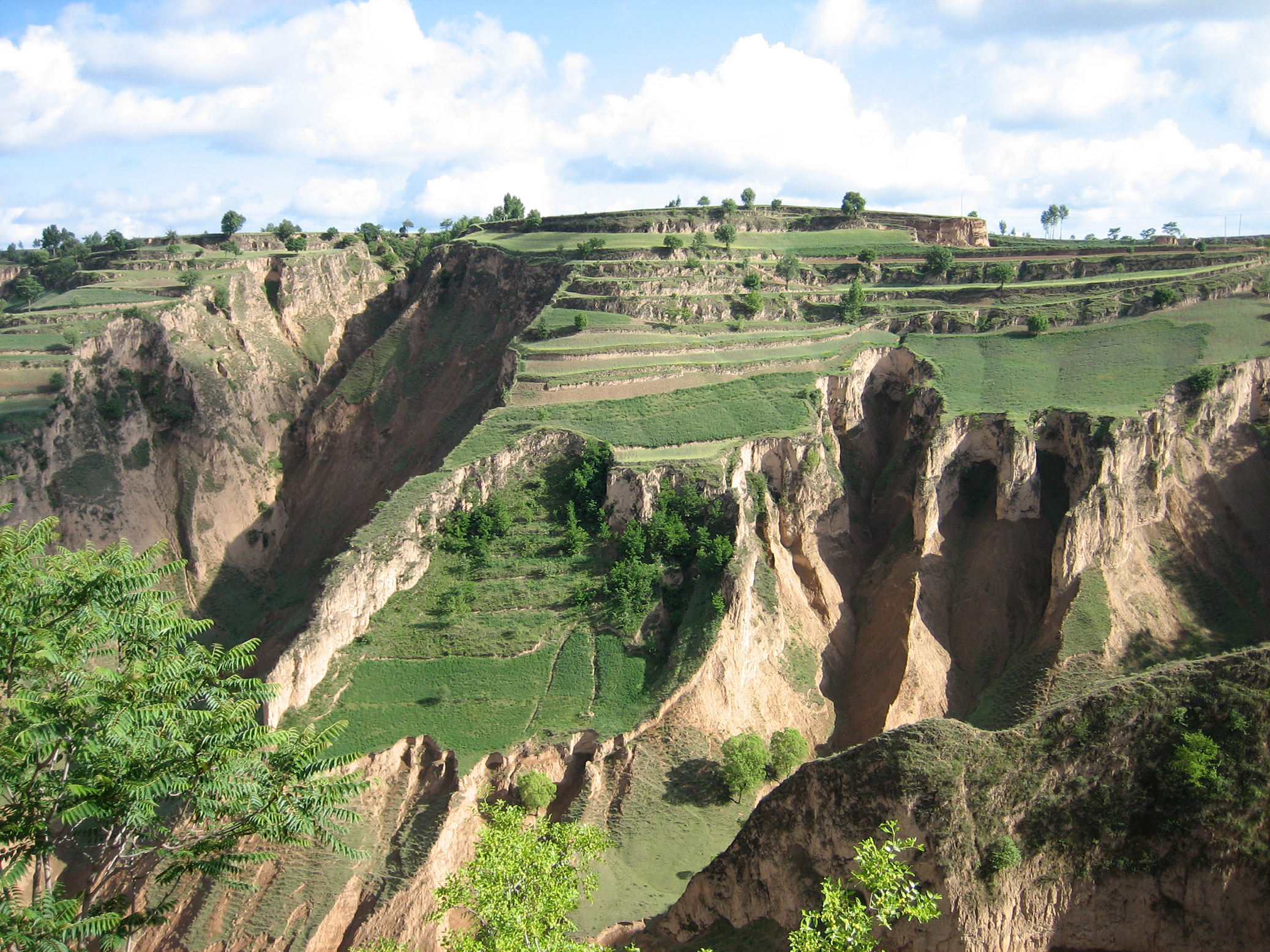
Restoring Landscapes, Restoring Livelihoods
There is a lot of excitement to use these strategies on a larger scale. RDG is currently working with several communities in eastern Kentucky to develop restoration agroforestry projects on land compromised by logging or mining. In addition to land degradation, the declining coal industry has left many communities struggling with a lack of jobs, infrastructure, services, and access to healthy, local food. Even so, in this part of Appalachia, a rich culture of music, storytelling, food growing, hunting, and family remains.
How could restoration agroforestry be part of rebuilding the fabric of these communities? What strategies and species best fit the landscape and culture there?
Our focus is helping facilitate the development of perennial agriculture systems on the steep valley sides, where soil was removed or the conditions have declined; places where tillage agriculture is not possible or suitable. We are developing species lists, growing strategies, and piloting growing systems. One thing we’ve learned in our ten years of business, is that it’s vital to have demonstration sites. These sites allow farmers, landowners, conservation organizations, and policy-makers to see innovative restoration and agriculture systems in action, and act as learning laboratories. These early phases will set the stage for scaling-up in the future.
As we continue to form relationships with landowners and organizations looking to further regenerative agriculture and restoration agroforestry initiatives, we gain insight into the incredible potential of this work. To that end, we’ve set a goal for ourselves: to support landowners and land managers in converting 10,000 acres to regenerative practices over the next two years. Onward!
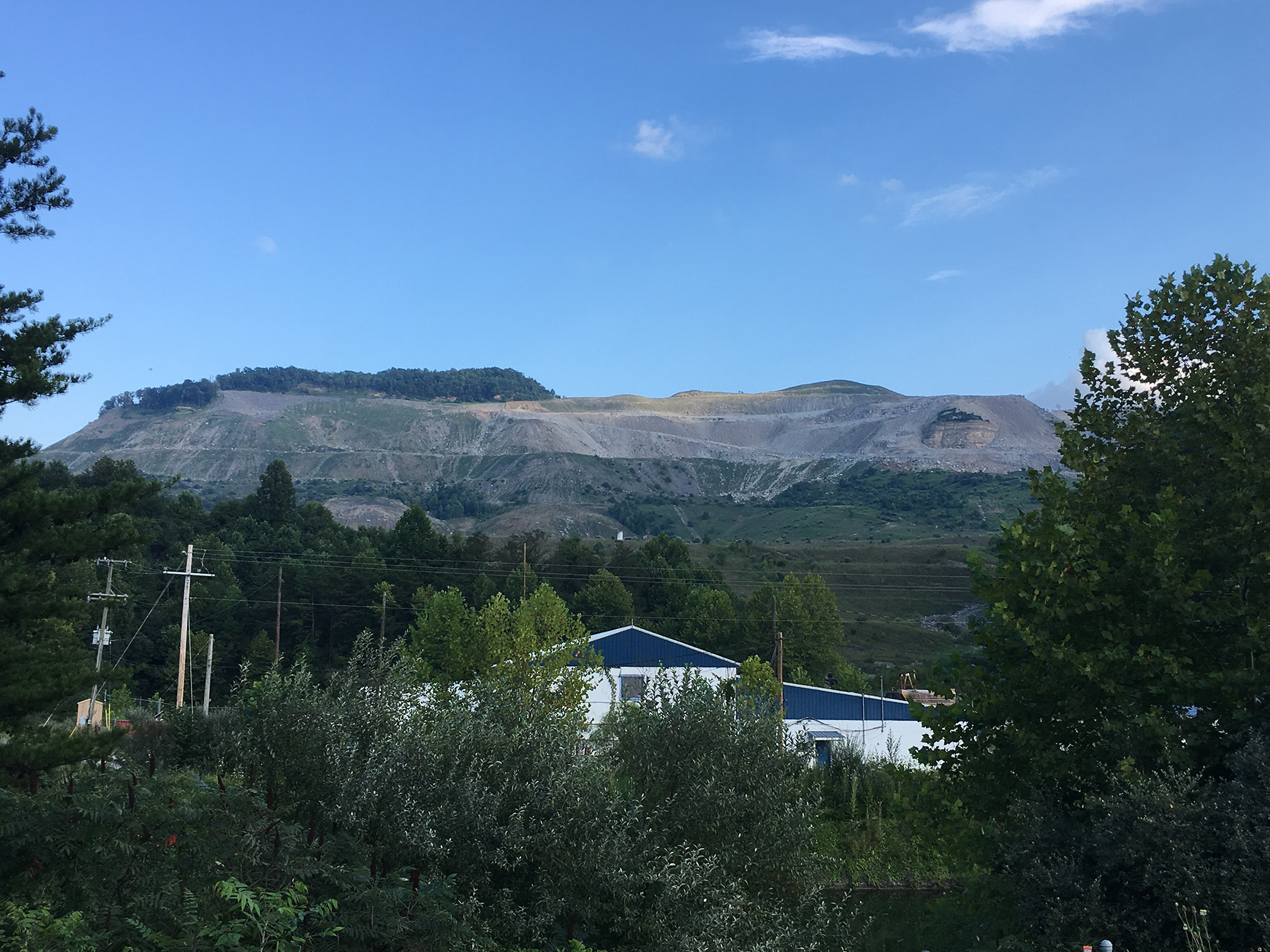
For Regenerative Agriculture and Restoration Agroforestry-related inquiries, please contact Jono Neiger at jono@regenerativedesigngroup.com

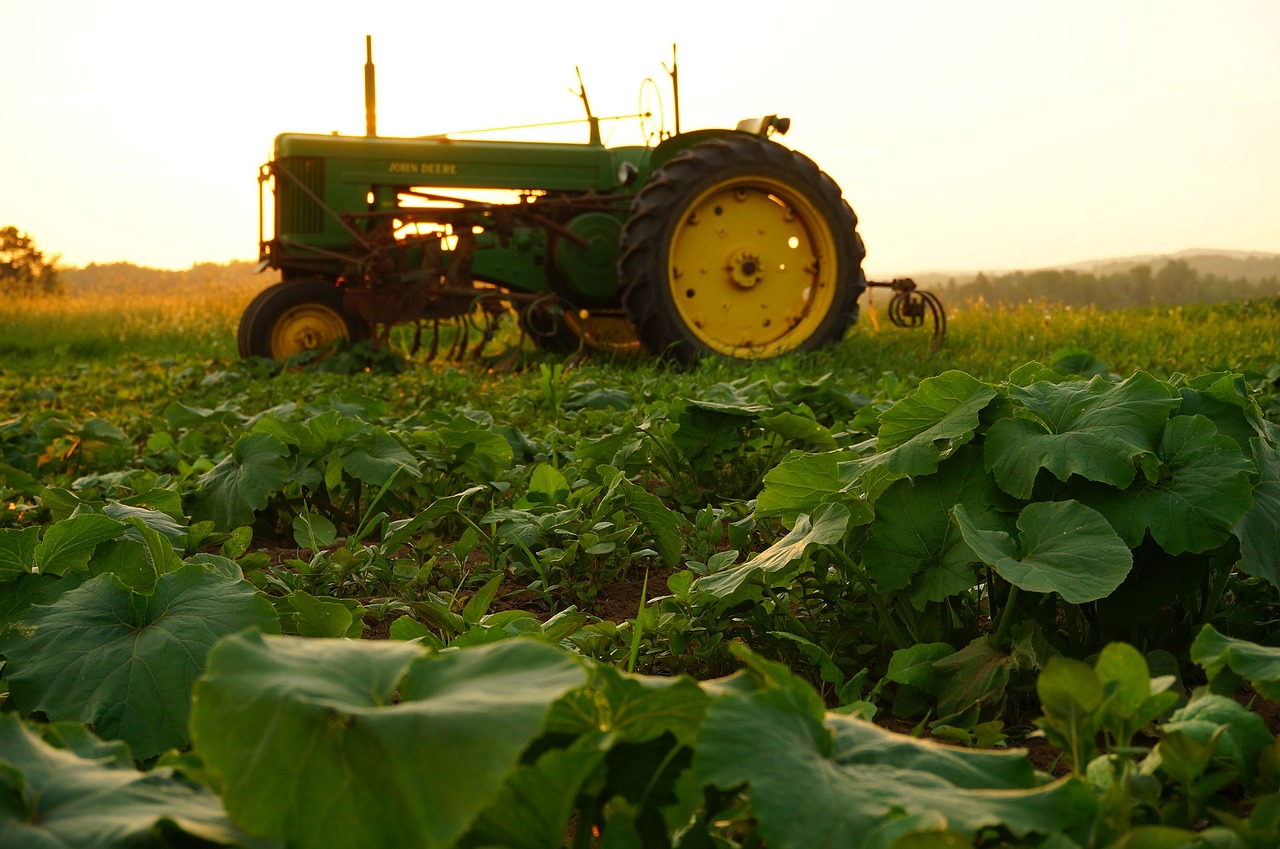
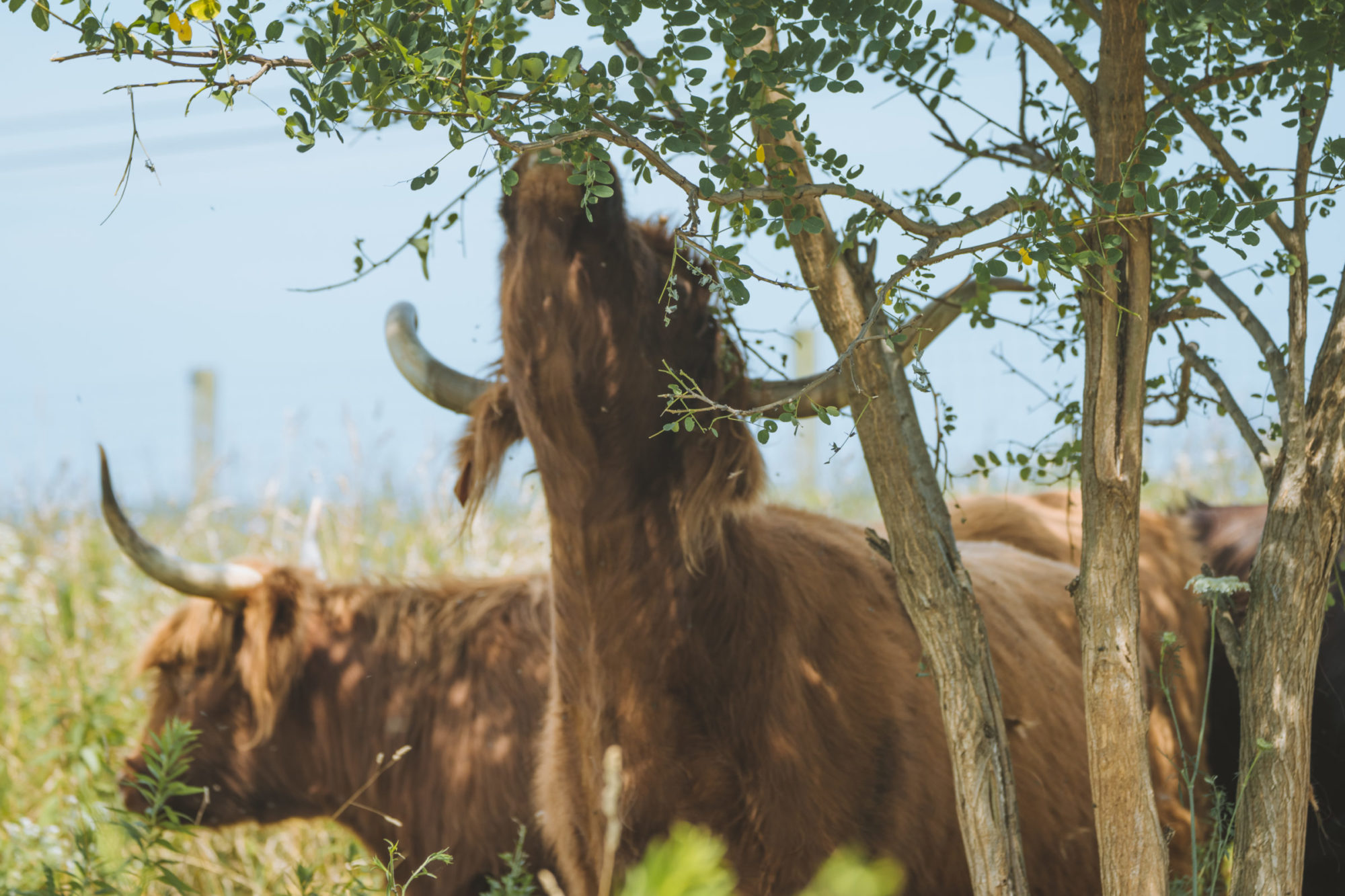
Comments (0)